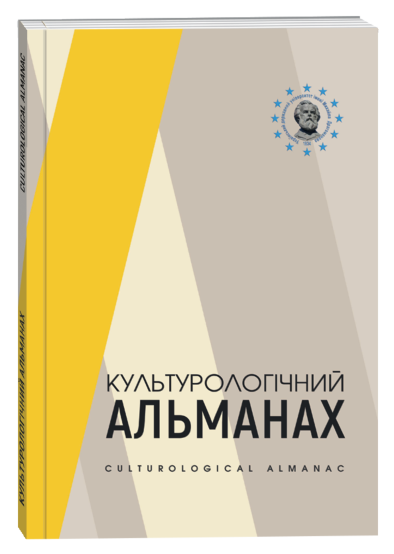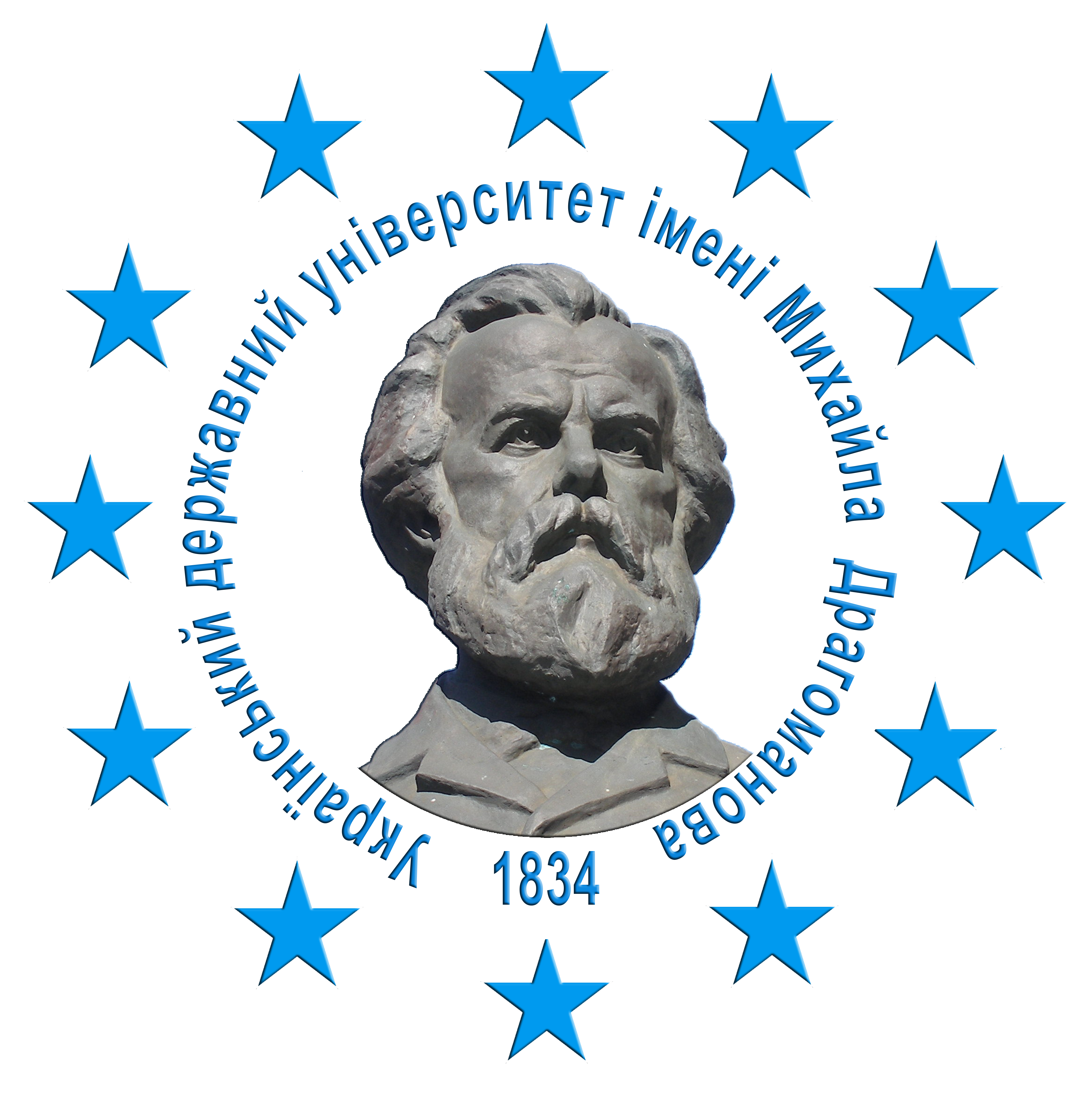INTERTEXTUAL NATURE OF DIGITAL CULTURE IN MODERN HUMANITARIAN DISCOURSE
DOI:
https://doi.org/10.31392/cult.alm.2025.1.45Keywords:
digital culture, intertextuality, digital intertextuality, computer games, relationships between video games and literatureAbstract
The article focuses on the current socio-cultural phenomenon, which is digital culture as a modern reality that transforms the way of thinking and interacting with the world, creating new cultural codes and norms.The authors propose a view of digital culture as a phenomenon with a pronounced intertextual character. To this end, the article reviews modern studies that emphasize intertextual character of digital culture (H. Jenkins, L. Manevych, F. Stalder). It is emphasized that these new concepts are based on the ideas of Yu. Krystieva, R. Barthes, M. Foucault, in particular, they rely on the theory of intertextuality, which has become key in the analysis of digital culture. In this context, intertextuality is considered as an integral part of digital culture, which is reflected in numerous specific aspects of digital intertextuality.The article examines computer games as one of the aspects of intertextuality in digital culture; proposes a point of view on video games as artefacts that include different layers of the development of world culture (art, mythology, religion, literature) and are integrated into the general cultural context, creating a new type of narrative that reflects modern social and cultural trends.Computer video games created using adapted plots of famous literary works, the authors of which are world- famous Howard Phillips Lovecraft, Andrzej Sapkowski, Arthur Conan Doyle, John Tolkien, George Martin have been single out. In this context, the authors conclude that video games created based on literary works have a pronounced intertextual character, since they do not simply adapt the original text, but above all transform it, interacting with other styles, genres and cultural codes.Thus, the authors conclude that the intertextual nature of digital culture, of which computer games are a part, contributes to a multi-vector active intellectual interest in this topic, and therefore is actively considered in Western scientific discourse in the paradigms of sociology, art history, media studies, journalism, etc. and, which is especially relevant, has prospects for research on this issue in the subject field of domestic cultural studies.
References
Біловус, Л. (2013). Теорія інтертекстуальності: становлення понять, тлумачення термінів, систематика. Підручник. Тернопіль : Видавничий центр «Стародубець». С. 37.
Венедіктова, І. (2018). Авторське право на елементи літературного твору у комп’ютерній відеогрі. Право України. № 1. URL: http://nbuv.gov.ua/UJRN/prukr_2018_1_10 (дата звернення: 12.01.2025).
Гейзінга, Й. (1994). Homo Ludens /пер. з англ. О. Мокровольський. Київ : Основи. 250 с.
Дженкінс, Г. (2006). Культура конвергенції: де стикаються старі та нові медіа. URL: https://www.yakaboo.ua/ convergence-culture-where-old-and-new-media-collide-2845256.html?srsltid=AfmBOoqbs8wu3yhg7HRWYHxlDvQC EJDBpyOTPmwK5wEhgw0huGZpBtDK (дата звернення: 14.01.2025).
Маккензі, У. (2007). Теорія гравця. URL: https://www.academia.edu/182788/Gamer_Theory (дата звернення: 15.01.2025).
Манович, Л. (2001). Мова нових медіа. Видавництво: Пекло Маргінем Прес, Серія: Спільна видавнича програма з МСМ «Гараж», 400 с. URL: https://good-book.com.ua/ua/yazyk-novyh-media (дата звернення: 12.01.2025).
Штальдер, Ф. (2016). Цифрова культура. URL: https://wethink.hypotheses.org/2375 (дата звернення: 12.01.2025).
Чікарькова, М. (2024). Комп’ютерні ігри: сутність, ґенеза, еволюція: колективна монографія / Марія Чікарькова, Анна Чєпєлєва, Семен Абрамович, Алла Хоптяр, Олександр Горбань, Марія Малецька, Олексій Калашнік, Світлана Пірошенко, Ірина Слоневська. Київ. 132 с.








